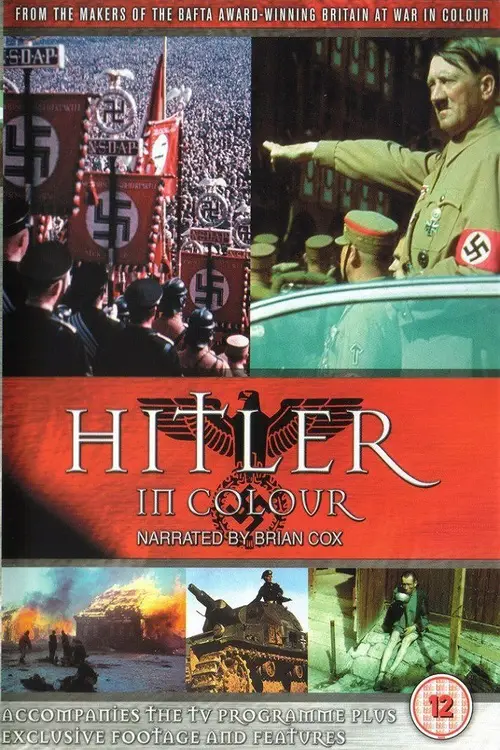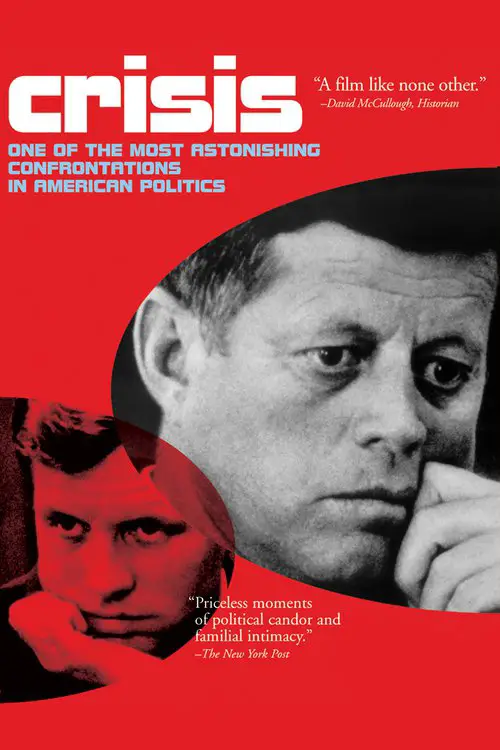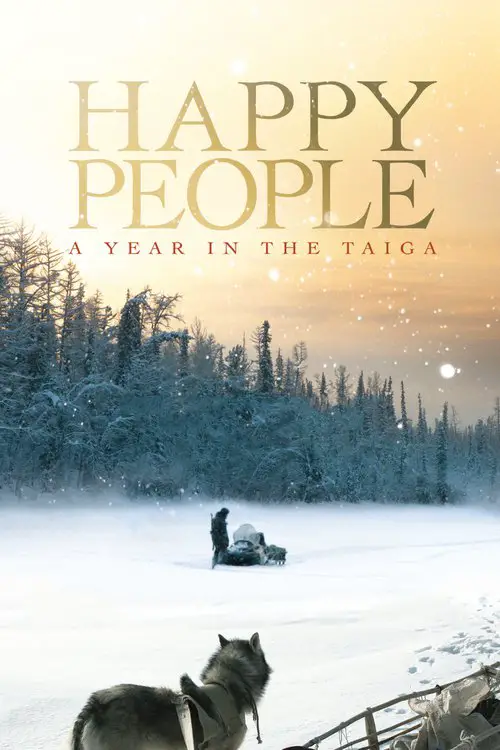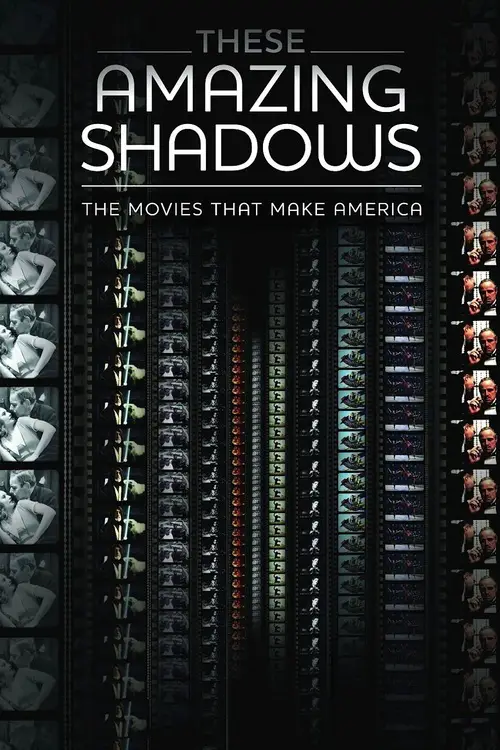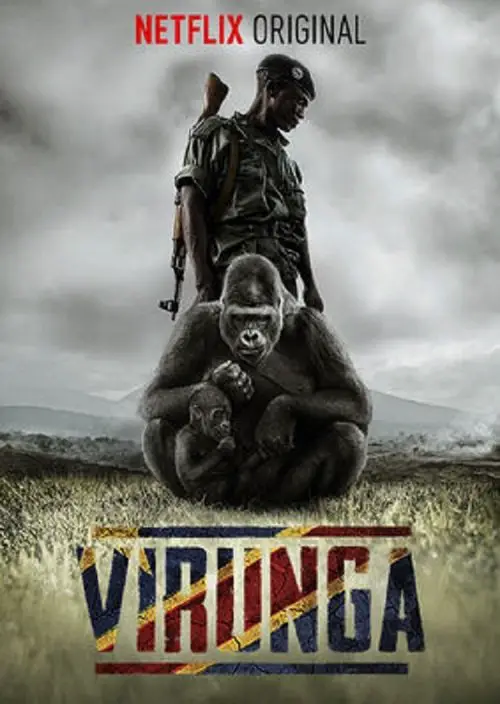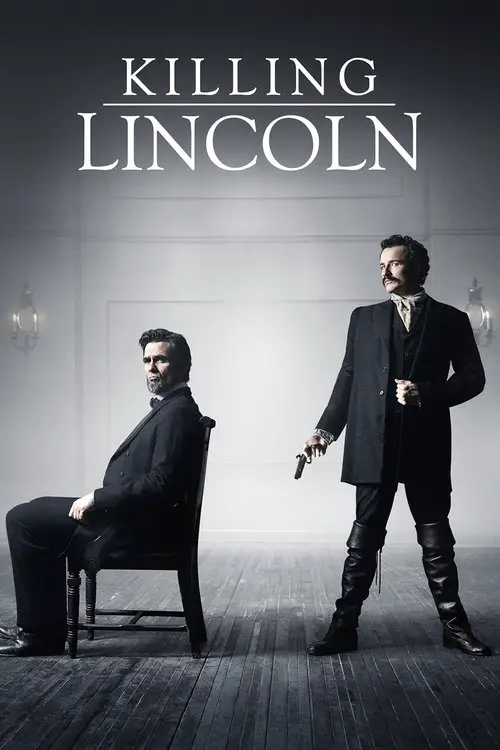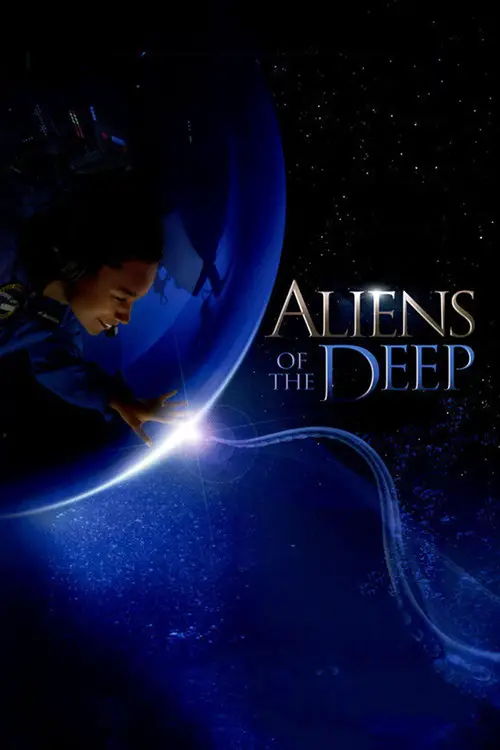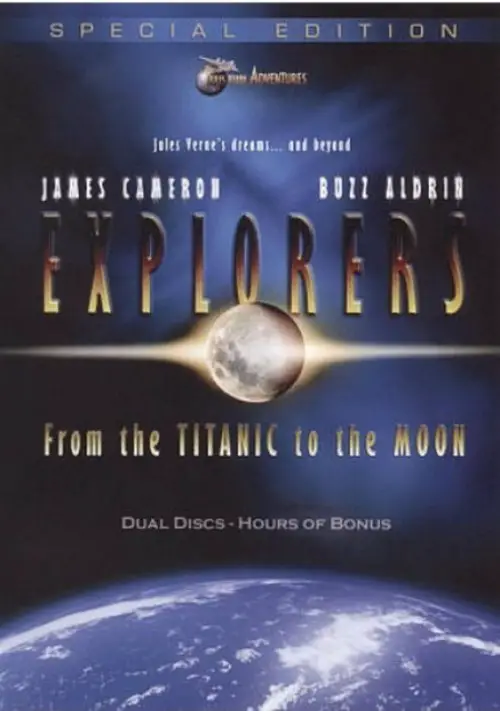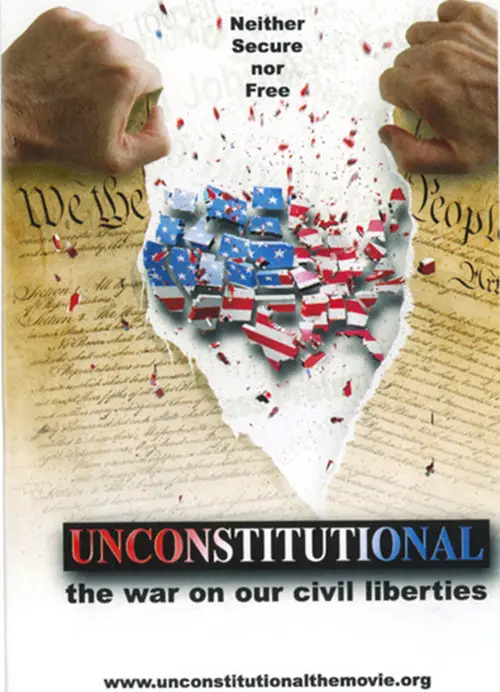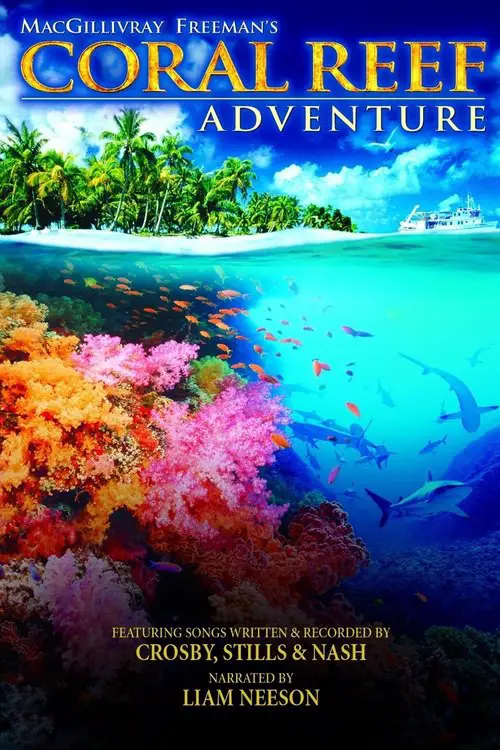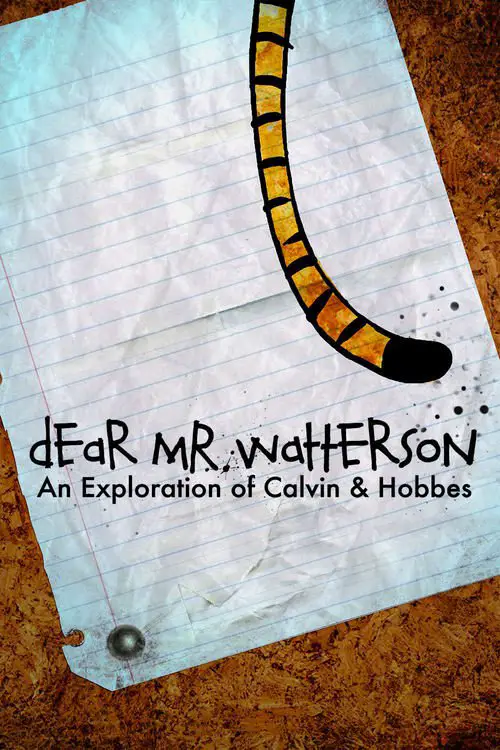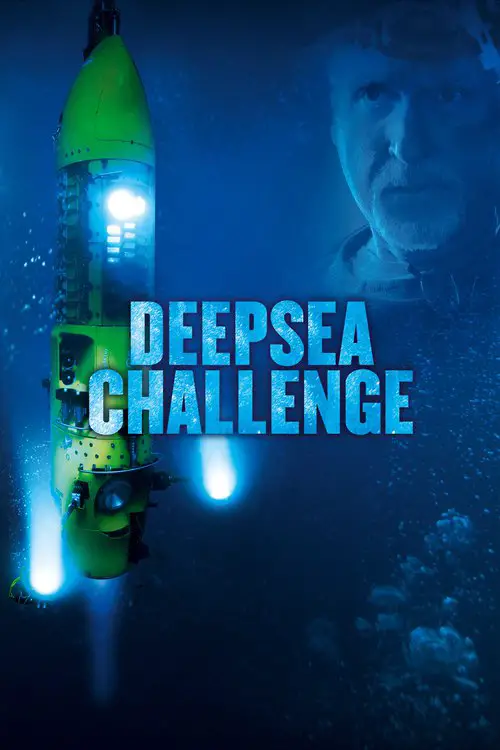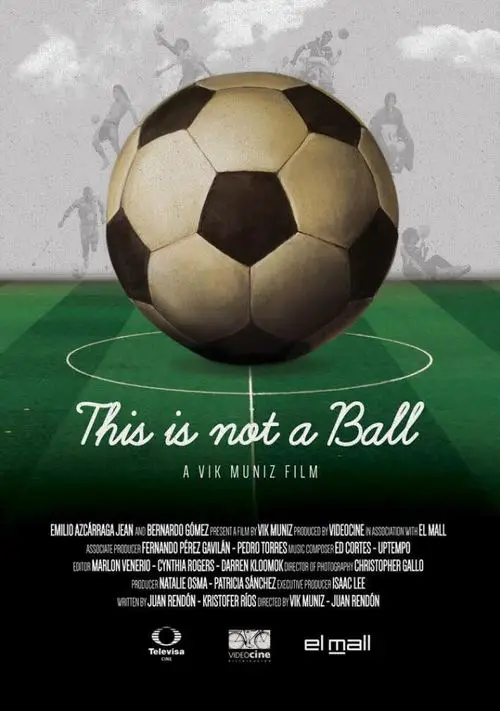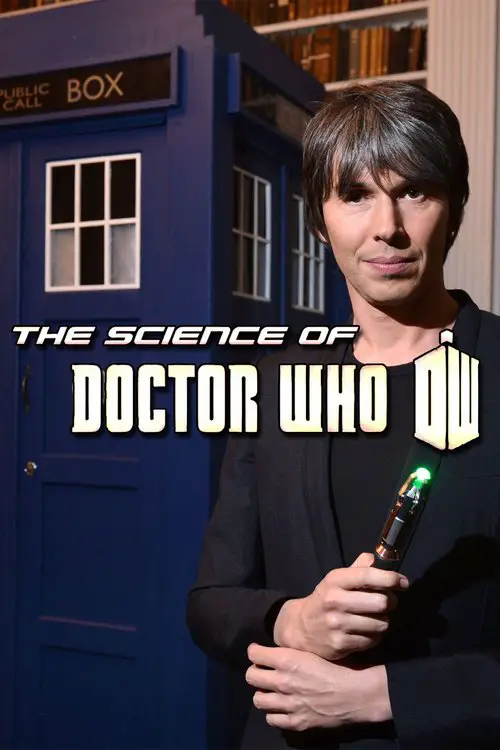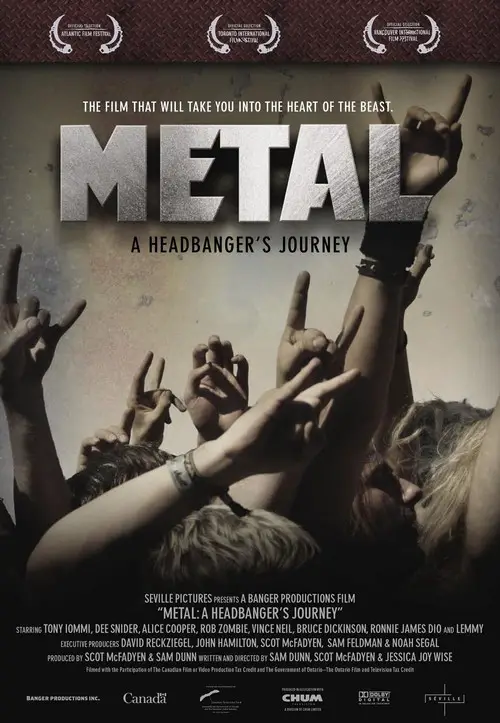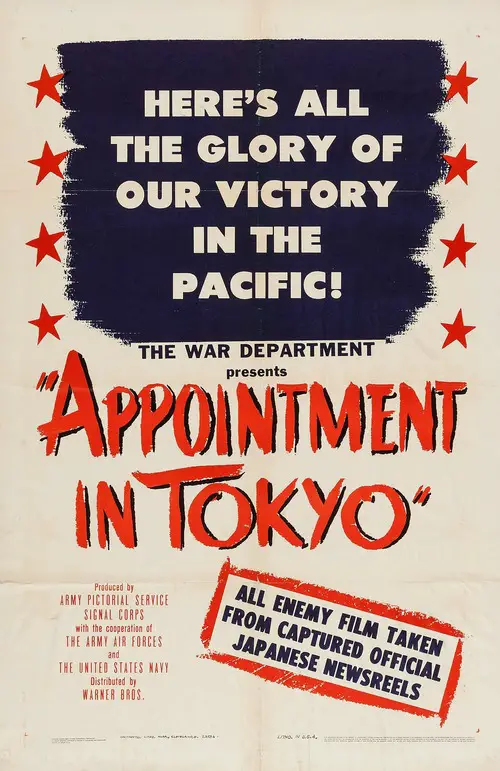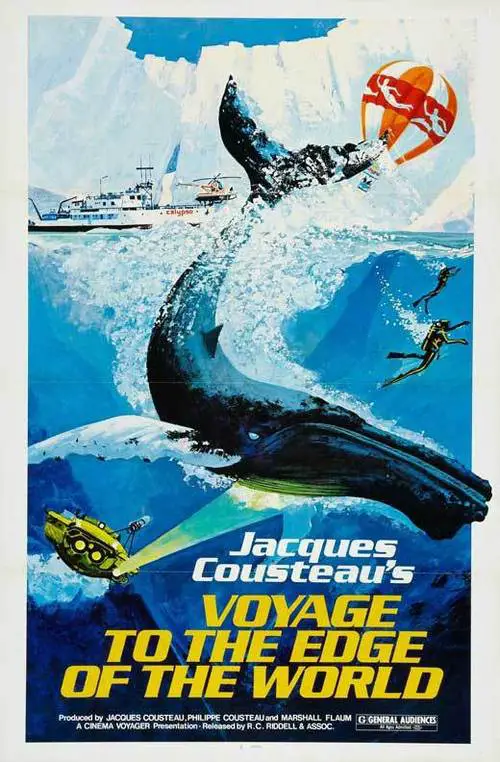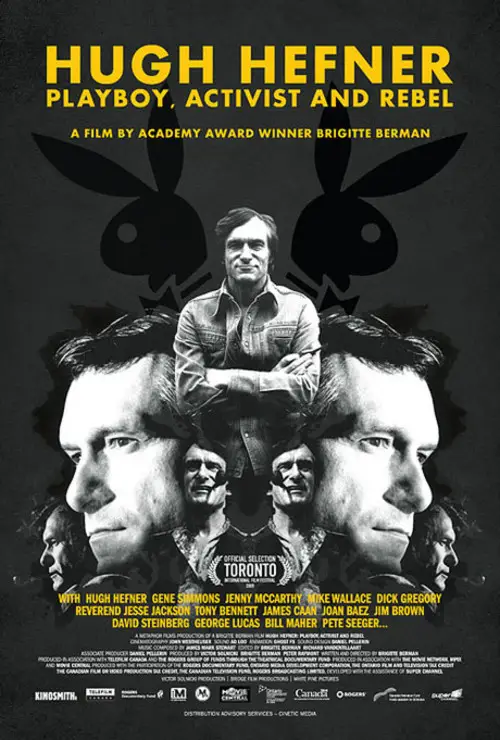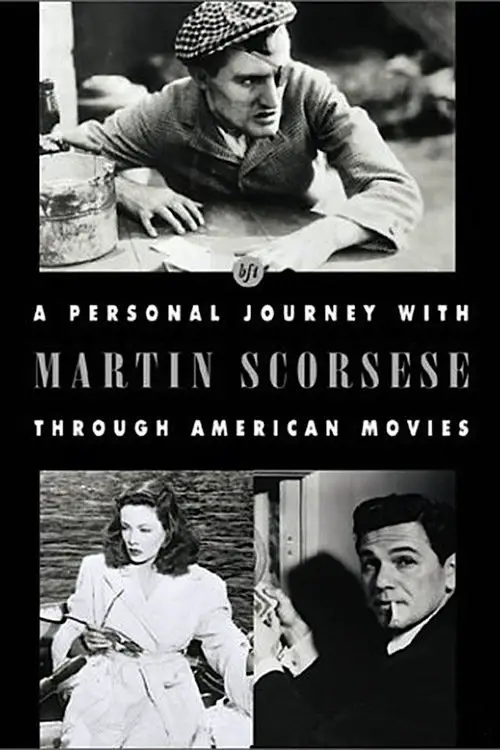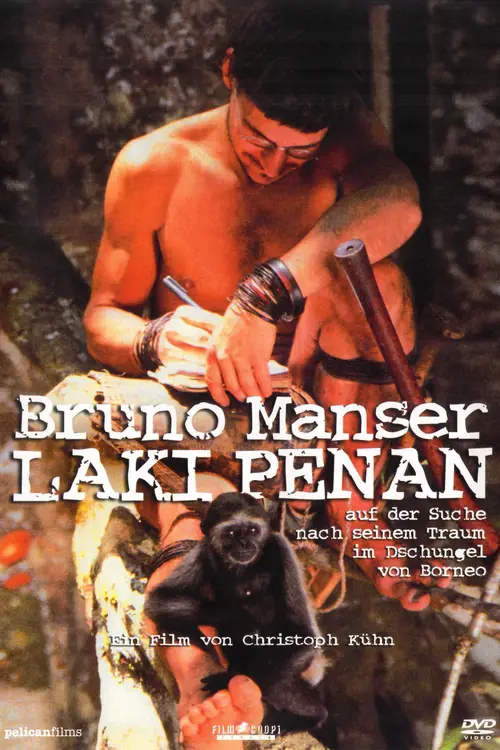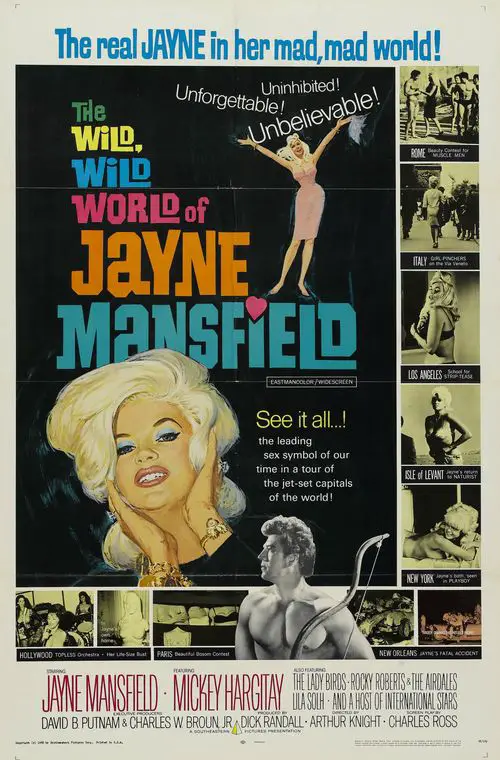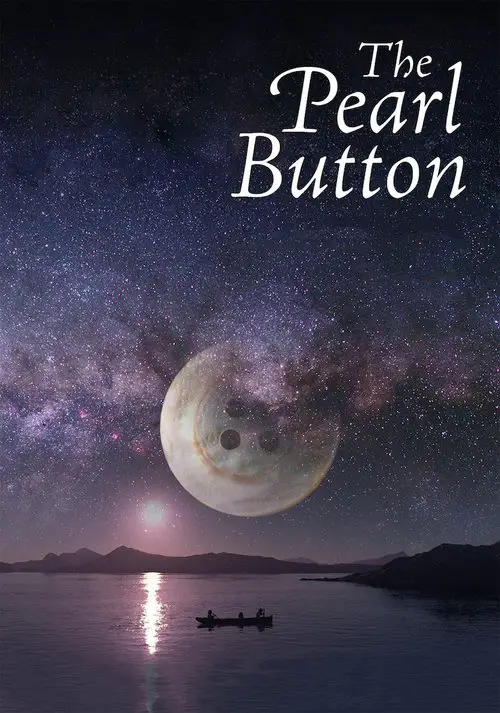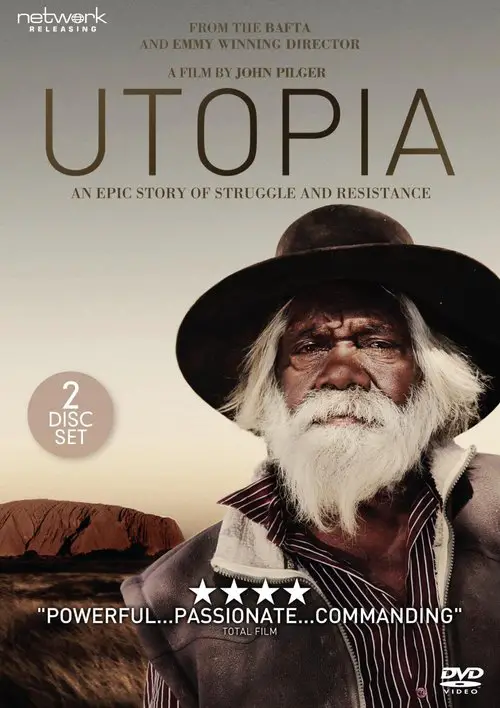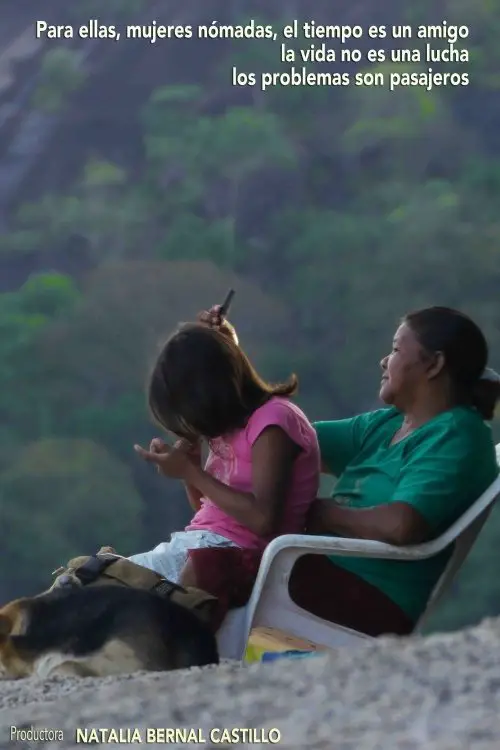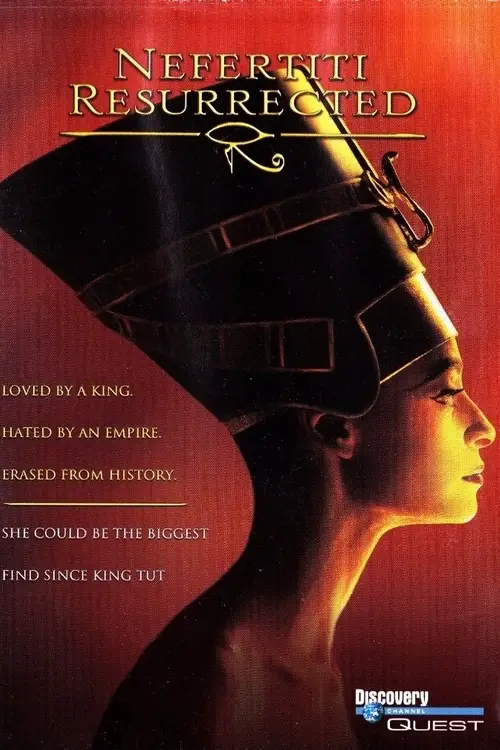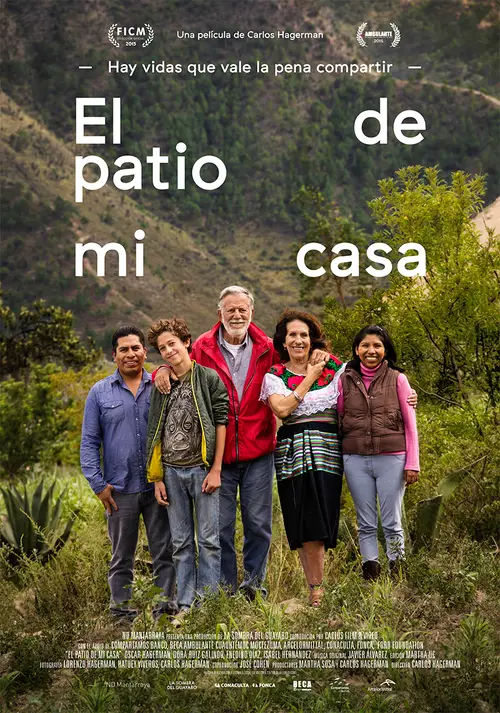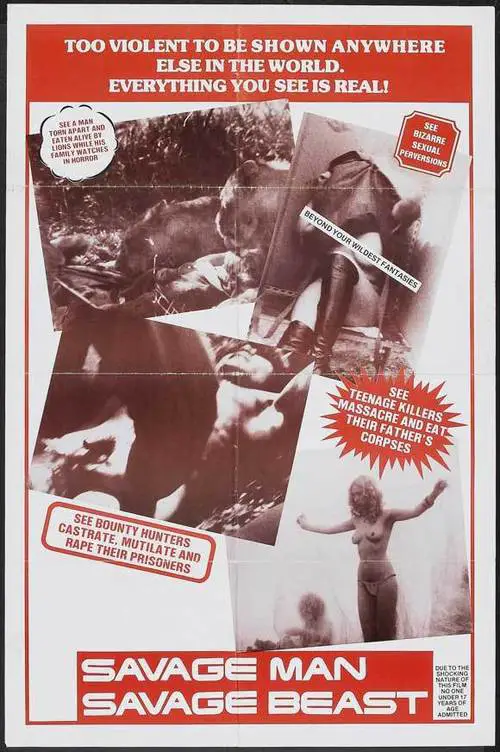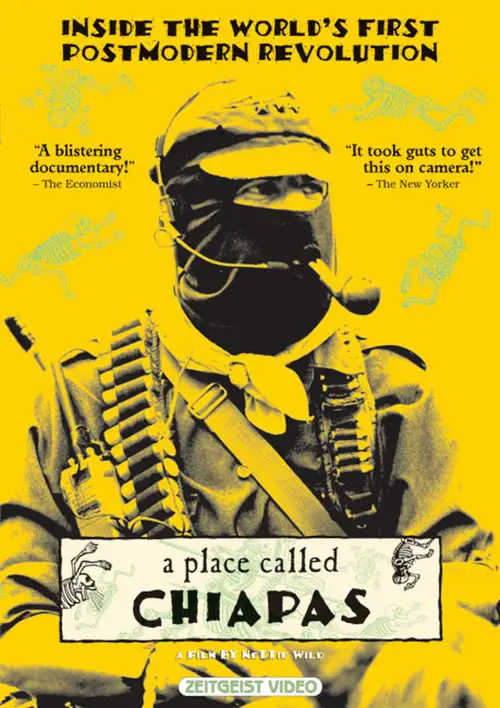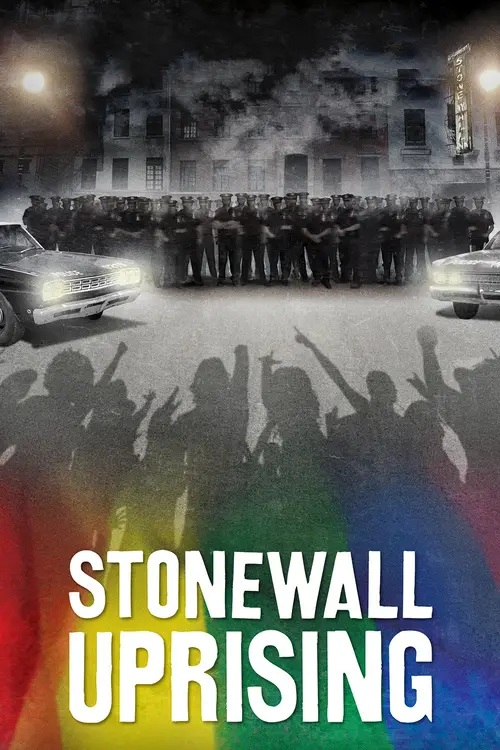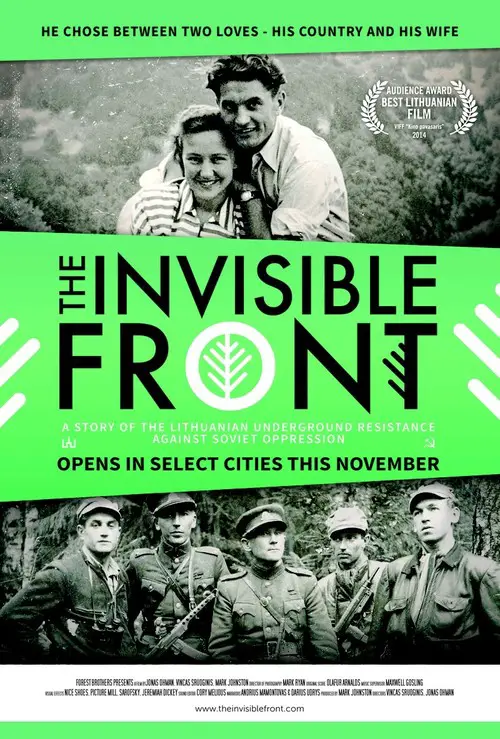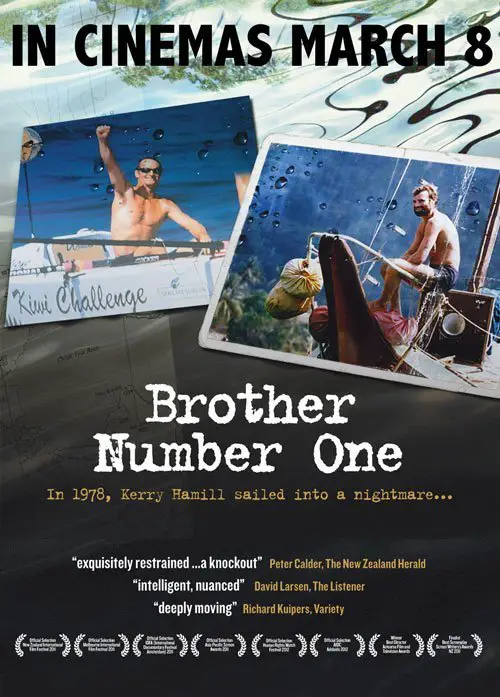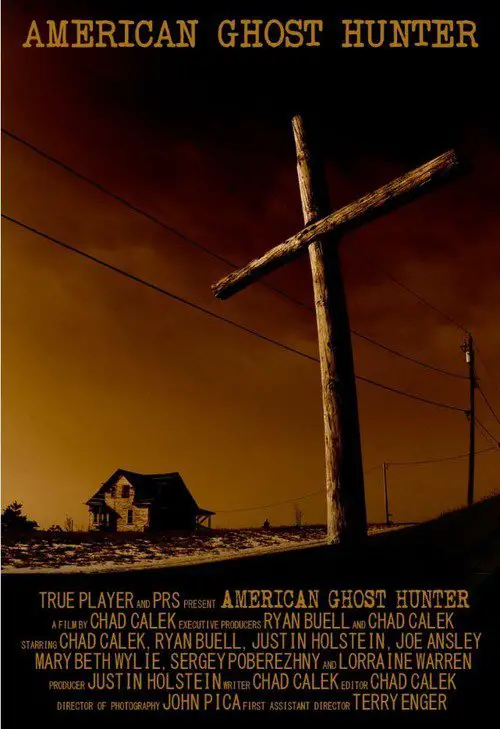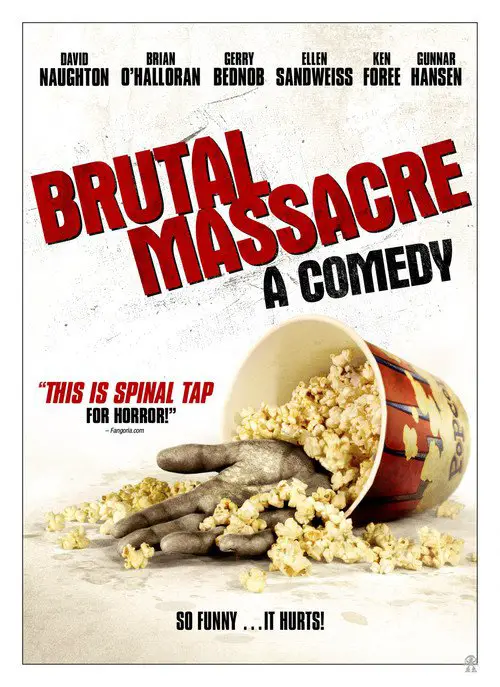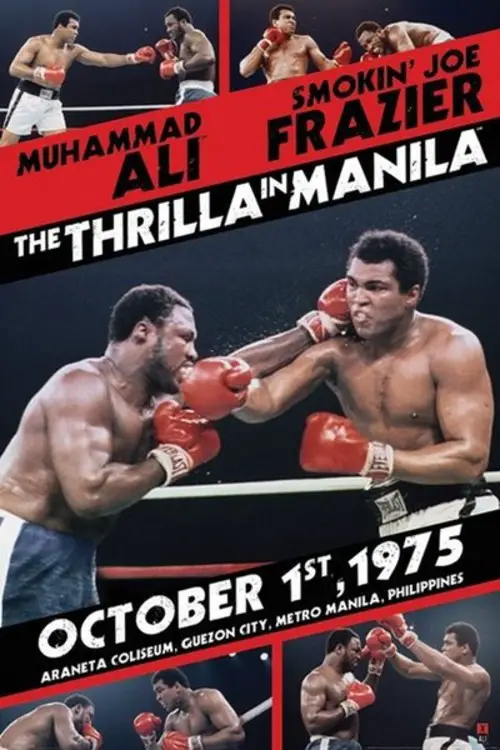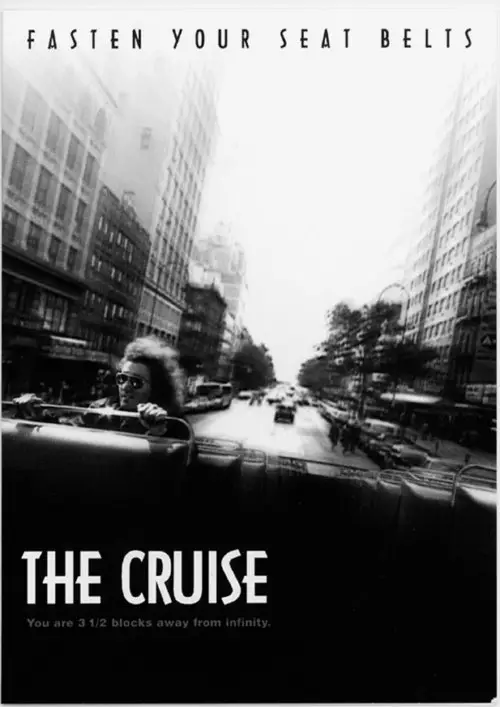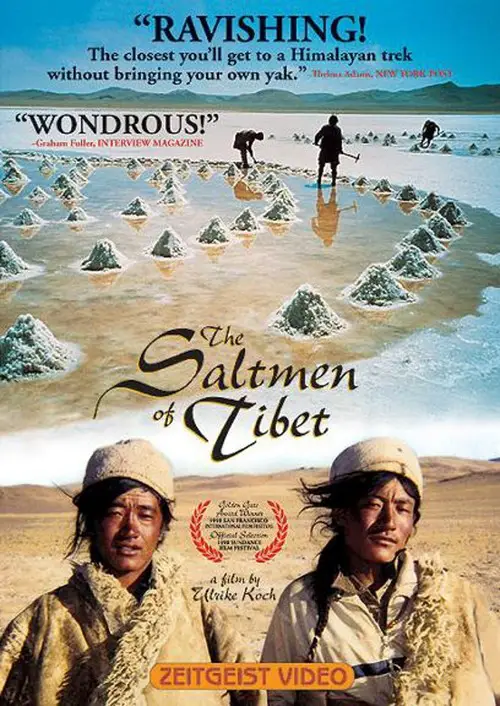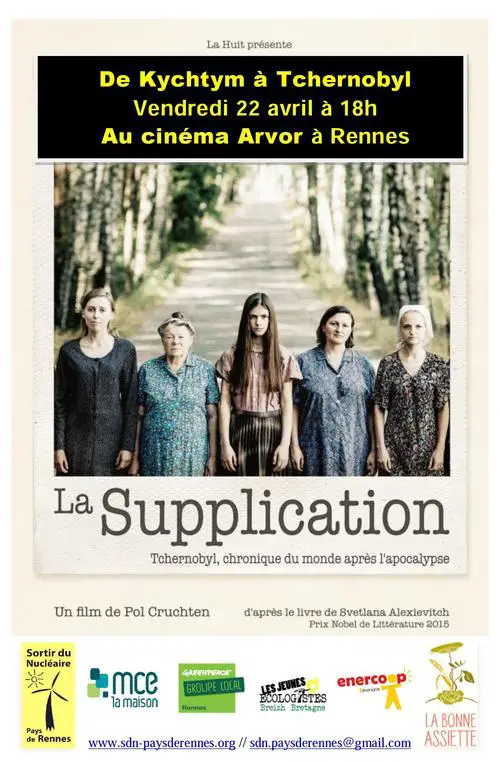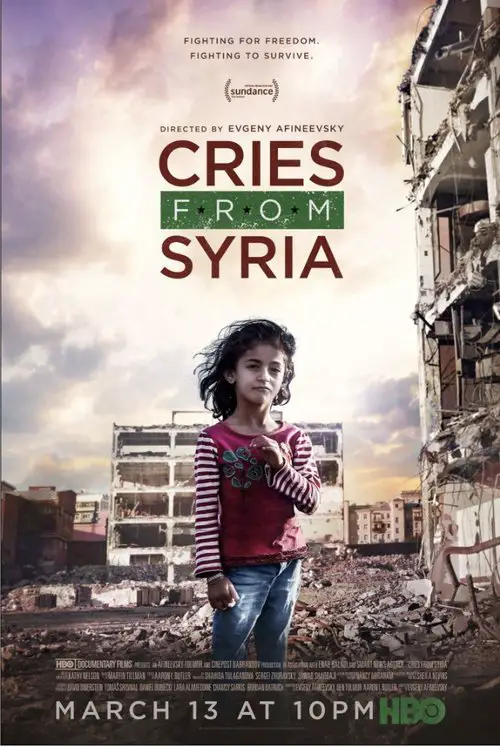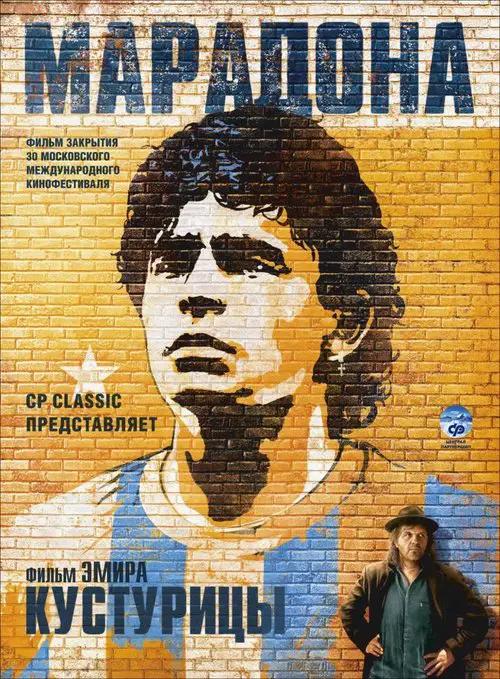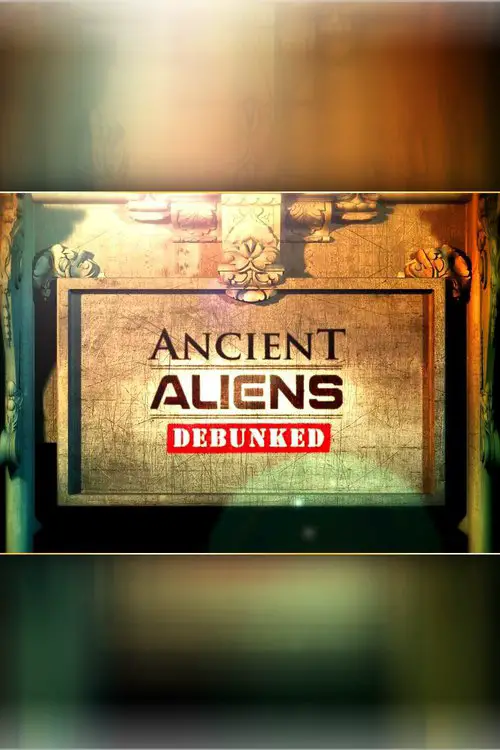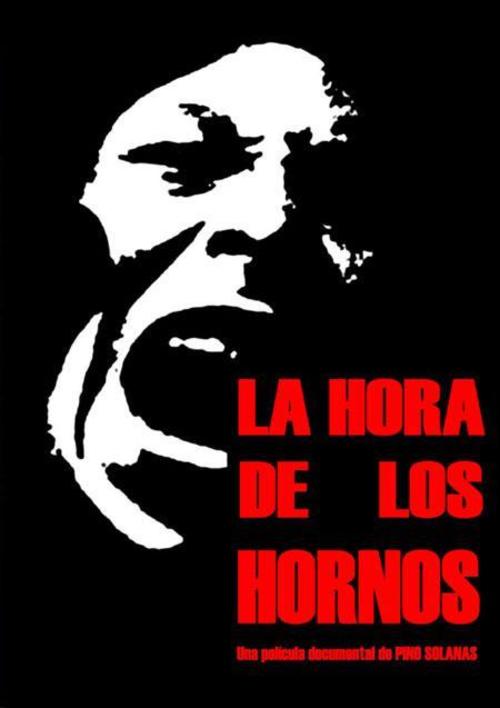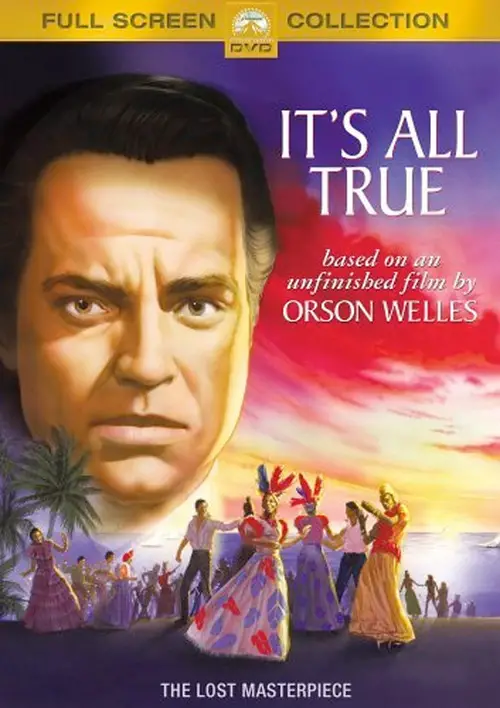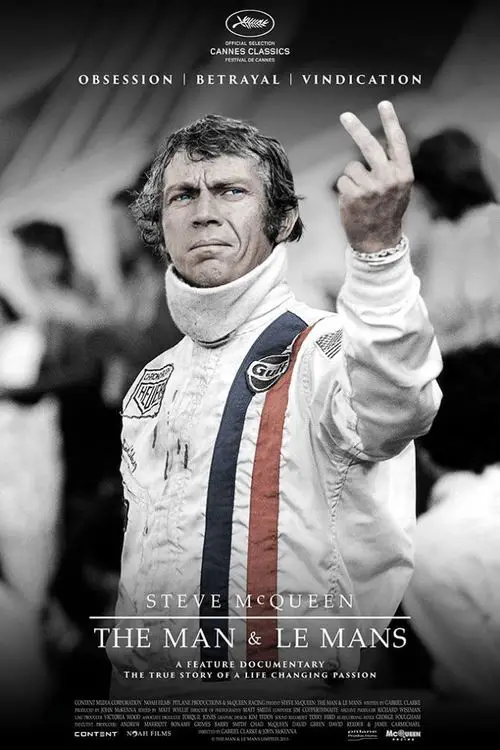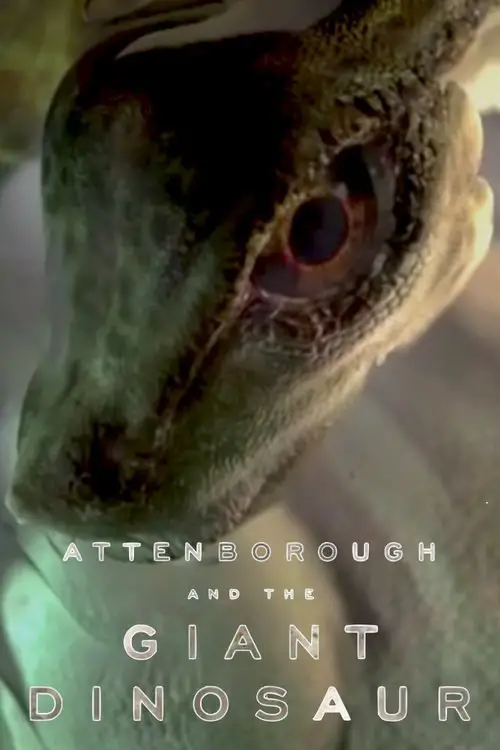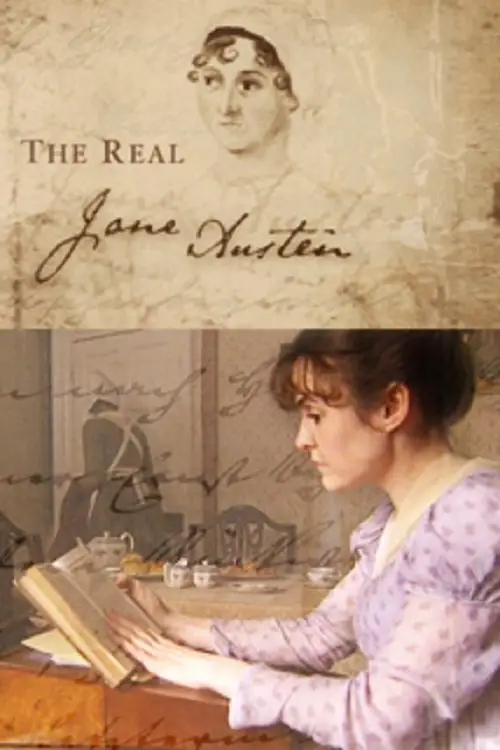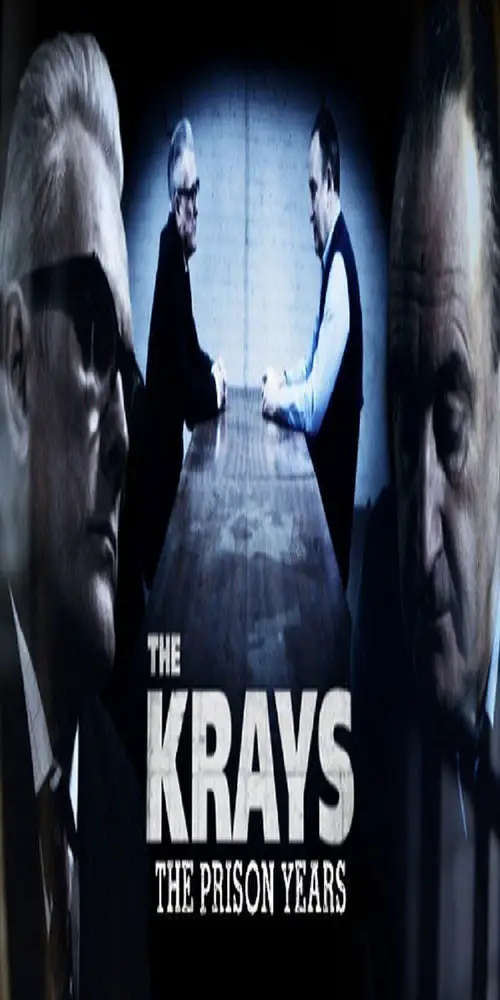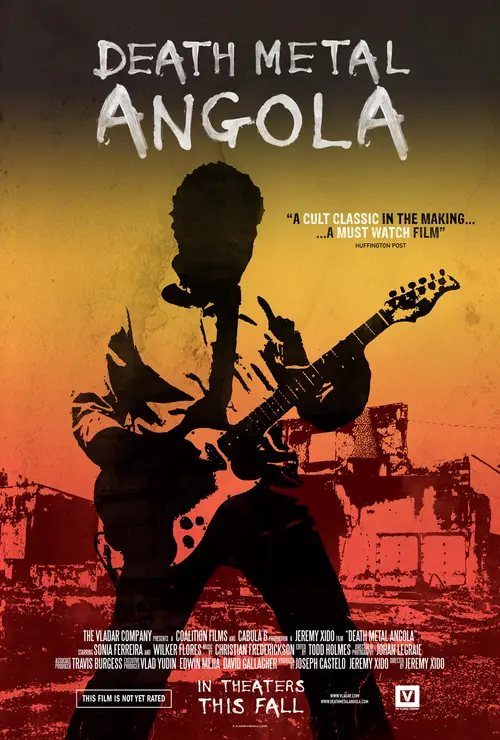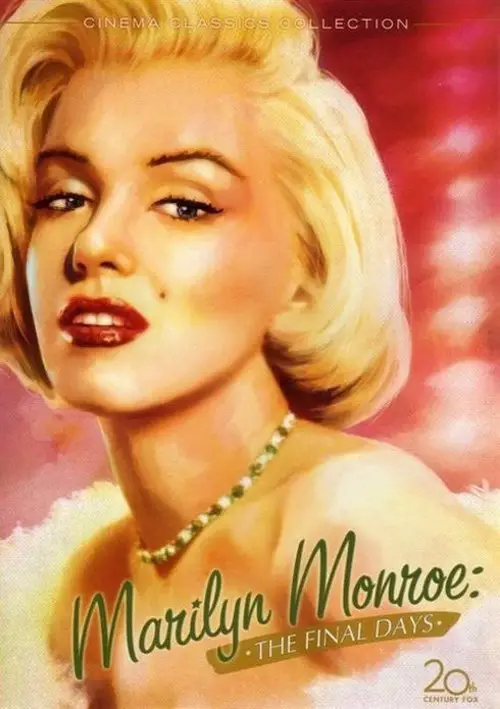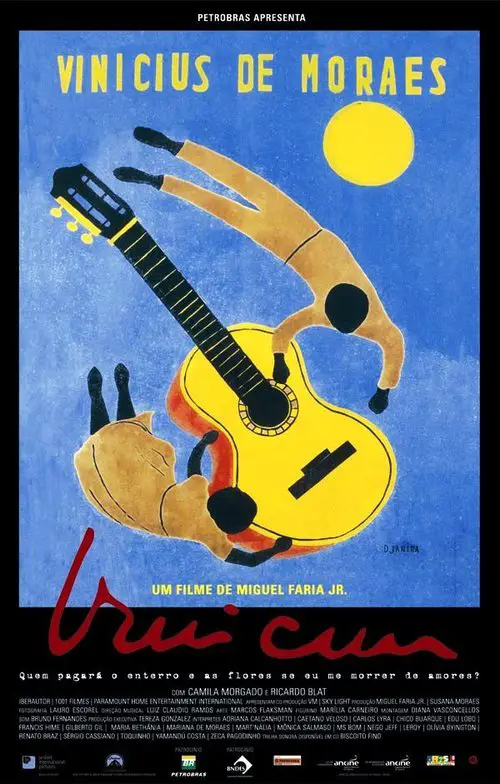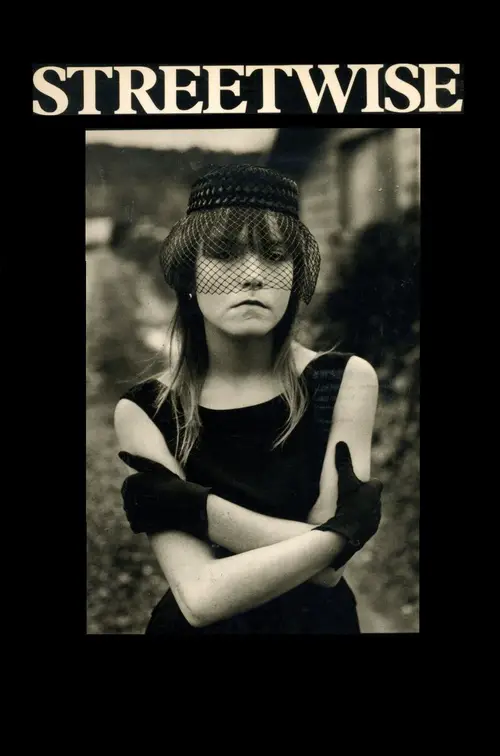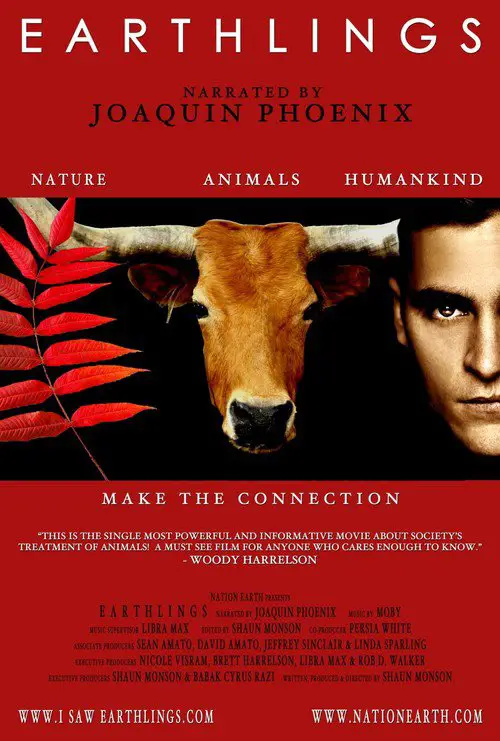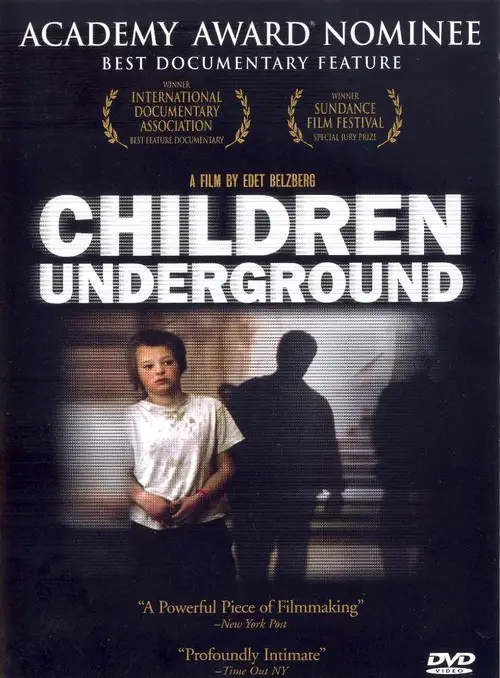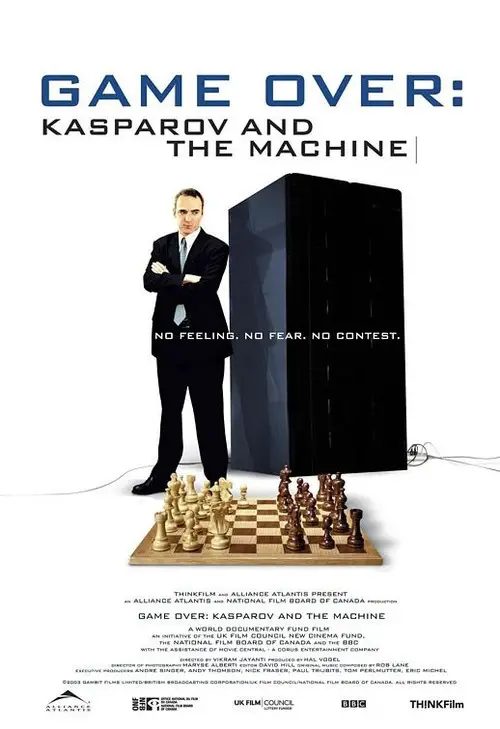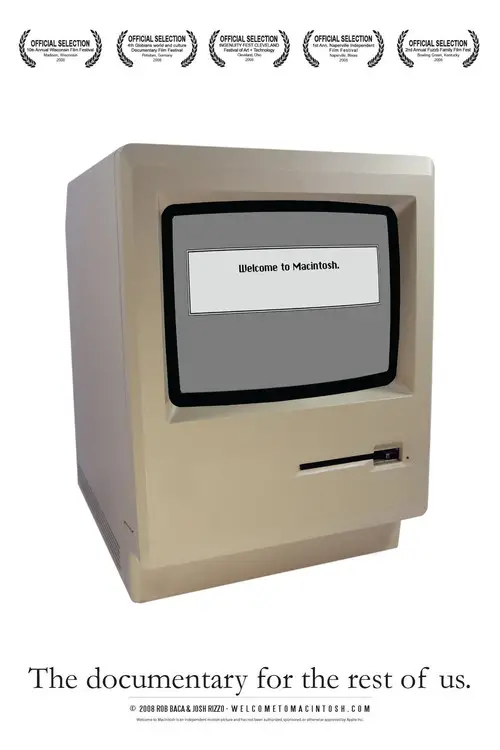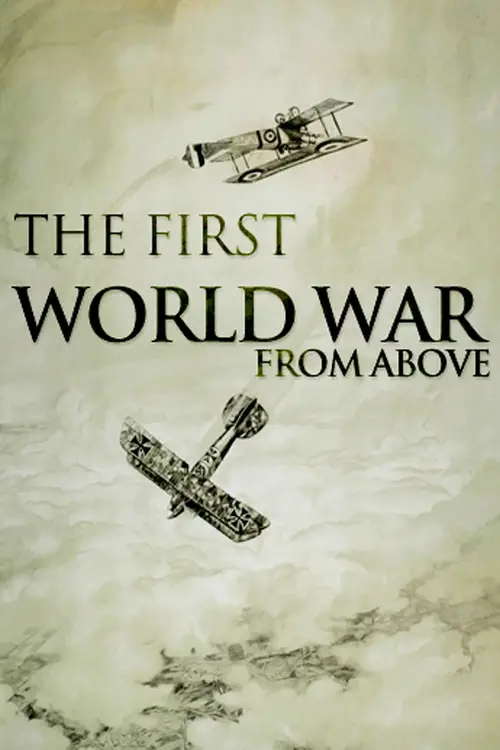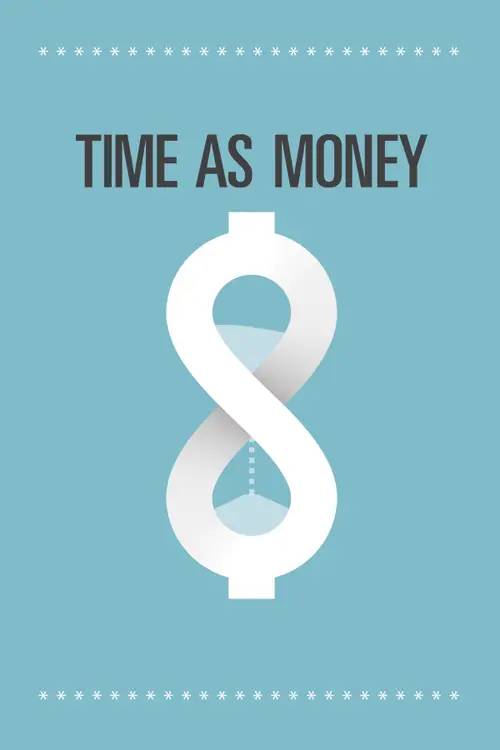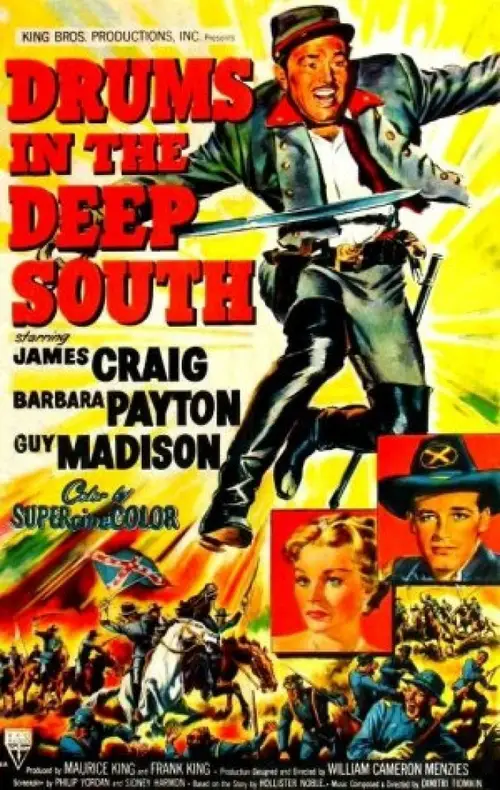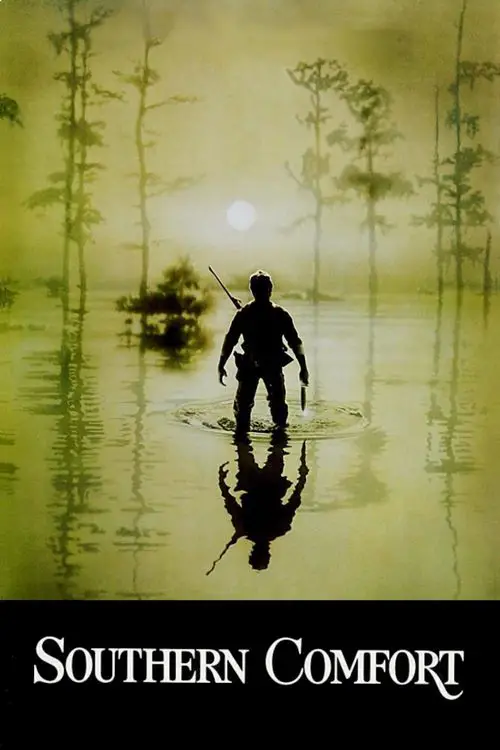500 Nations (1995)
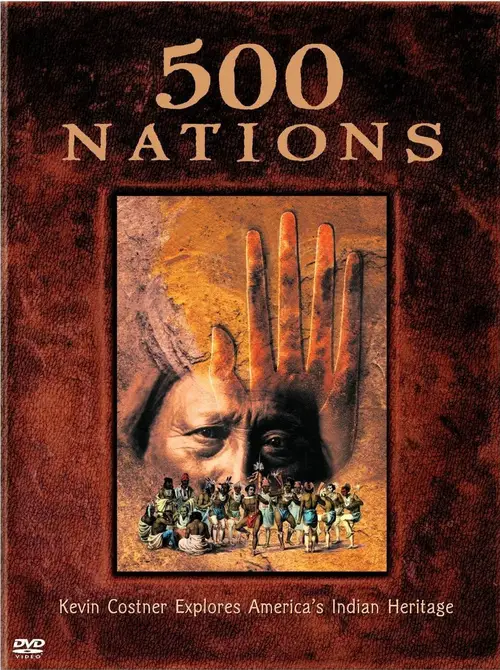
Similar movies
Documentary using only original colour footage charts the 12 years from Adolf Hitler's rise to power to the fall of Berlin in 1945. Complemented by eyewitness material, tracks the dramatic transformation of Germany into a Nazi state, looks into Hitler's relationship with his lover Eva Braun and replicates pivotal events, including Nazi rallies, the invasion of Poland, Hitler's meeting with Lloyd George, the horrors of Buchenwald concentration camp, Warsaw's Jewish Ghetto, the Battle of Britain and the fall of Berlin.
During a two-day period before and after the University of Alabama integration crisis, the film uses five camera crews to follow President John F. Kennedy, attorney general Robert F. Kennedy, Alabama governor George Wallace, deputy attorney general Nicholas Katzenbach and the students Vivian Malone and James Hood. As Wallace has promised to personally block the two black students from enrolling in the university, the JFK administration discusses the best way to react to it, without rousing the crowd or making Wallace a martyr for the segregationist cause.
In the center of the story is the life of the indigenous people of the village Bakhtia at the river Yenisei in the Siberian Taiga. The camera follows the protagonists in the village over a period of a year. The natives, whose daily routines have barely changed over the last centuries, keep living their lives according to their own cultural traditions.
Werner Herzogâs documentary film about the âGrizzly Manâ Timothy Treadwell and what the thirteen summers in a National Park in Alaska were like in one manâs attempt to protect the grizzly bears. The film is full of unique images and a look into the spirit of a man who sacrificed himself for nature.
Virunga in the Democratic Republic of the Congo is Africaâs oldest national park, a UNESCO world heritage site, and a contested ground among insurgencies seeking to topple the government that see untold profits in the land. Among this ongoing power struggle, Virunga also happens to be the last natural habitat for the critically endangered mountain gorilla. The only thing standing in the way of the forces closing in around the gorillas: a handful of passionate park rangers and journalists fighting to secure the parkâs borders and expose the corruption of its enemies. Filled with shocking footage, and anchored by the surprisingly deep and gentle characters of the gorillas themselves, Virunga is a galvanizing call to action around an ongoing political and environmental crisis in the Congo.
April 14, 1865. One gunshot. One assassin hell-bent on killing Âa tyrant, as he charged  the 16th President of the United States. And in one moment, our nation was forever changed. This is the most dramatic and resonant crime in American history: the true story of the killing of Abraham Lincoln. From Executive Producers Ridley Scott and Tony Scott, and narrated by Tom Hanks, National Geographic Channel's first ever docudrama, Killing Lincoln, based on the New York Times bestseller, combines re-creations with historical insight in a thrilling chronicle of the final days of President Lincoln and his assassin, John Wilkes Booth.
From the explorers / filmmakers of Amazon Trek and Whales of Atlantis Join two men on their expeditions to new frontiers, from the Abyss to Outer Space... Explorers takes off from the compelling visions imagined by one of the worlds most widely read novelists, pioneer science-fiction writer Jules Verne, author of 20,000 Leagues under the Sea and From the Earth to the Moon. Discover the unbelievable journeys of two legendary explorers: Buzz Aldrin, who, along with Neil Armstrong, became the first men to set foot on the Moon during the Apollo 11 Mission; and James Cameron, multiple Academy Award winning filmmaker, who since completing his epic movie Titanic, has undertaken the exploration of the oceans mysteries utilizing revolutionary submarines and 3D cameras of his own design. Jean-Jules Verne opens his great-grandfathers novels and sends us on our journey with two men who actualize the fantastic dreams of Jules Verne.
Coral Reef Adventure follows the real-life expedition of ocean explorers and underwater filmmakers Howard and Michele Hall. Using large-format cameras, the Halls guide us to the islands and sun-drenched waters of the South Pacific to document the health and beauty of coral reefs. Featuring songs written and recorded by Crosby, Stills & Nash.
Described as being a film about determination, danger and the oceanâs greatest depths, James Cameron's "Deepsea Challenge 3D" tells the story of Cameronâs journey to fulfill his boyhood dream of becoming an explorer. The movie offers a unique insight into Cameron's world as he makes that dream reality â and makes history â by becoming the first person to travel solo to the deepest point on the planet.
The film discusses the traits and originators of some of metal's many subgenres, including the New Wave of British Heavy Metal, power metal, Nu metal, glam metal, thrash metal, black metal, and death metal. Dunn uses a family-tree-type flowchart to document some of the most popular metal subgenres. The film also explores various aspects of heavy metal culture.
Produced by the Army Pictorial Service, Signal Corps, with the cooperation of the Army Air Forces and the United States Navy, and released by Warner Bros. for the War Activities Committee shortly after the surrender of Japan. Follow General Douglas MacArthur and his men from their exile from the Philippines in early 1942, through the signing of the instrument of surrender on the USS Missouri on September 1, 1945
On his ship "Calypso," as well as in a submarine, Jacques Cousteau and his crew sail from South America and travel to Antarctica. They explore islands, reefs, icebergs, fossils, active volcanic craters, and creatures of the ocean never before seen. This voyage took place in 1975, and Captain Cousteau became one of the first explorers ever to dive beneath the waters of the frozen South Pole.
A revealing look at the outspoken, flamboyant founder of the Playboy empire. With humor and insight, the film captures Hefner's fierce battles with the government, the religious right and militant feminists. Rare footage and compelling interviews with a remarkable who's who of 20th Century American pop culture, present a brilliant and entertaining snapshot of the life of an extraordinary man and the controversies that surrounded him.
The documentary retraces the steps of Bruno Manser, a man from Switzerland who went to live with the indigenous tribe of the Penan in the Jungle of Borneo and endef up helping their struggle to defend their rainforest against greedy logging companies. The movie features original film, photo and voice recordings by Bruno Manser made in the 1980s, as well as new recordings showing how the life of the Penan has changed in just a few decades.
Jayne takes us on a review of her last world tour. She takes us through Rome, shares a fantasy about Roman athletes, and then is off to Cannes. She takes a trip to the nudist colony on the Isle of Levant, where she almost kind of joins in. Then it's off to Paris, where she gets a beauty treatment from Fernand Aubrey, and attends some racy dance revues. In New York and Los Angeles, she visits some topless clubs and listens to a topless all-girl pop band. The film wraps up with some posthumous footage of her family in mourning.
The ocean contains the history of all humanity. The sea holds all the voices of the earth and those that come from outer space. Water receives impetus from the stars and transmits it to living creatures. Water, the longest border in Chile, also holds the secret of two mysterious buttons which were found on its ocean floor. Chile, with its 2,670 miles of coastline and the largest archipelago in the world, presents a supernatural landscape. In it are volcanoes, mountains and glaciers. In it are the voices of the Patagonian Indigenous people, the first English sailors and also those of its political prisoners. Some say that water has memory. This film shows that it also has a voice.
Ella Havelka made history in 2013 by becoming the first Indigenous dancer at the 50-year-old Australian Ballet. In this engaging, MIFF Premiere Fund-supported world premiere, Ella â a descendant of the Wiradjuri people â charts her inspiring journey from growing up in modest circumstances as the only child of a single mother in rural Australia to gaining entry to National Ballet School, then spending formative years with the acclaimed Bangarra Dance Theatre before accepting the invitation of The Australian Ballet's artistic director David McAllister to join one of the world's foremost ballet companies.
MarÃa is an Amorúa girl; an indigenous group that traveled the savannas of OrinoquÃa as nomads. She lives with her grandmother Matilde, her sister diana and her cousins in Puerto Carreño, in the Colombia-Venezuela border. The amorúa are considered wild and are not literate. Matilde wants her granddaughters to learn to write and read to live better in this town of "rational whites" as they call us. The director follows MarÃa's life for 8 years from her childhood to her adolescence and invites her to travel the places her grandma did as a nomad.
A lenda diz que o Egipto nunca produziu tamanha beleza. O seu próprio nome "Nefertiti" significa "A Perfeita". A sua efÃgie decorava templos no paÃs inteiro, mas depois desapareceu da História como uma miragem. Por sua vez o Livro dos Mortos dos egÃpcios fala numa terrÃvel maldição. Se uma múmia for mutilada, os deuses não poderão reconhecê-la, não poderá aceder à vida eterna.
Doris and Oscar, a couple who has spent 40 years living and working together, face their impending retirement. Both dedicated their lives to educational projects and architecture in rural indigenous communities in Mexico. Isabel and Enedino, two indigenous professionals in the Sierra of Puebla, take the baton from their mentors and teachers. A documentary that celebrates and explores the transformational process of teaching, learning and building.
On January 1, 1994, the Zapatista National Liberation Army--made up of impoverished Mayan Indians from the state of Chiapas--took over five towns and 500 ranches in southern Mexico. The government deployed its troops, and at least 145 people died in the ensuing battle. Fighting for indigenous Mexicans to regain control over their lives and the land, the Zapatistas and their charismatic leader, guerilla poet Subcomandante Marcos, began sending their message to the world via the Internet. The result was what THE NEW YORK TIMES called "the worldâs first postmodern revolution." Years into the uprising, filmmaker Nettie Wild traveled to the jungle canyons of southern Mexico to film the elusive and fragile life of the rebellion. Her camera effectively and movingly captures the personal stories behind a very public clash of traditional culture and globalization.
Stonewall Uprising is a 2010 American documentary film examining the events surrounding the Stonewall riots that began during the early hours of June 28, 1969. Stonewall Uprising made its theatrical debut on June 16, 2010 at the Film Forum in New York City.The movie features interviews with eyewitnesses to the incident, including NYPD deputy inspector Seymour Pine.
The film was produced and directed by documentarians Kate Davis and David Heilbroner, and is based on the book by historian David Carter, Stonewall: The Riots That Sparked the Gay Revolution. The title theme is by Gary Lionelli.
Between 1944â1953, courageous resistance movement took place in the Baltic region of Europe, uniting the partisan troops for struggle against the Soviet Union. âThe Invisible Frontâ was a coded name used by the Soviet Interior forces to describe the resistance movement in Lithuania. Film depicts the story of the fighters through the words and experience of the partisan leader, Juozas Luksa, and interviews with eyewitnesses of those events - both the partisans and the Soviet fighters. Tales of horror, torture and courage are told in the rare archival footage that has never been screened before, and interviews with the surviving members of the resistance movement.
Brother Number One is a New Zealand documentary on the torture and murder of New Zealand yachtie Kerry Hamill by the Khmer Rouge in 1978. It follows the journey of Kerry's younger brother, Rob Hamill, an Olympic and Trans-Atlantic champion rower, who travels to Cambodia to retrace the steps taken by his brother and John Dewhirst, speaking to eyewitnesses, perpetrators and survivors.
Paranormal investigator and documentary filmmaker Chad Calek returns to his hometown of Persia, Iowa in hopes to put an end to the 20 year reign of suffering that his family has endured due to an overwhelming amount of intense negative paranormal activity. Armed with the support and paranormal knowledge of best friend and paranormal investigator Ryan Buell , as well as world renown psychic Lorraine Warren, who's also known for her work as the primary investigator in the Amityville and Enfield Poltergeist cases, Calek is determined to not only solve the mysteries as to why the paranormal phenomena initially began, but also to finally bring an end to the activity that has been tormenting his family for over two decades
Harry Penderecki, a once heralded horror auteur, finds himself on the outside looking in at Hollywood. He hasn't had a hit film in years, and most in the industry, including his close friends, think he's washed up. Harry is given one last chance to redeem himself with what could be his best or last picture. Brutal Massacre becomes just that, as the cast and crew find themselves battling one mishap after another as Harry struggles to keep his sanity against overwhelming resistance to finish the picture and find himself at the top once again.
On October 1, 1975, World Heavyweight Boxing Champion Muhammad Ali was in the ring with his arch rival Joe Frazier for the third time. This fight in the Philippines, which has been nicknamed "Thrilla in Manila," is considered one of the most dramatic boxing matches in history - in the words of the voice-over, "They hated each other." With the help of archive material and eyewitness accounts (including Imelda Marcos), this documentary not only reconstructs the match, but shows us what was happening behind the scenes as well.
Affectionate portrait of Tim "Speed" Levitch, a tour guide for Manhattan's Gray Line double-decker buses. He talks fast, is in love with the city, and dispenses historical facts, architectural analysis, and philosophical musings in equal measures. He's reflective and funny about cruising: he loves it, got in it to meet women, and he'd quit work if he could. His personal life is disclosed in small
Four men from a nomadic Tibetan tribe undertake their annual, ritualistic pilgrimage to a sacred salt lake. Salt gathered in this traditional fashion will be sold to provide the economic livelihood of the tribe for the coming year. The journey, necessary for the group's survival, also incorporates a number of rituals necessary for their culture to survive in the modern world.
This film does not deal with Chernobyl, but rather with the world of Chernobyl, about which we know very little. Eyewitness reports have survived: scientists, teachers, journalists, couples, children... They tell of their old daily lives, then of the catastrophe. Their voices form a long, terrible but necessary supplication which traverses borders and stimulates us to question our status quo.
An attempt to re-contextualize the European migrant crisis and ongoing hostilities in Syria, through eyewitness and participant testimony. Children and parents recount the revolution, civil war, air strikes, atrocities and ongoing humanitarian aid crises, in a portrait of recent history and the consequences of violence.
Ancient Aliens Debunked is a 3 hour refutation of the theories proposed on the History Channel series Ancient Aliens. It is essentially a point by point critique of the "ancient astronaut theory" which has been proposed by people like Erich von Däniken and Zecharia Sitchin as well as many others. The film covers topics like: Ancient building sites: Puma Punku, The Pyramids, Baalbek, Incan sites, And Easter Island. Ancient artifacts: Pacal's rocket, the Nazca lines, the Tolima "fighter jets", the Egyptian "light bulb", Ufo's in ancient art, and the crystal skulls. Ancient text issues: Ezekiel's wheel, Ancient nuclear warfare, Vimana's, the Anunnaki, and the Nephilim.
David Attenborough tells the story of the discovery and reconstruction in Argentina of the world's largest-known dinosaur, a brand new species of titanosaur. Measuring 37m long and weighing 70 metric tons, it now holds the record as the biggest animal ever to walk the Earth. In 2014, a shepherd spotted the tip of a gigantic fossil bone sticking out of a rock in La Flecha Farm in the Chubut Province in the Argentinian desert. Palaeontologists soon uncovered a massive 2.4m long thigh bone, the largest ever found. By the end of the dig they had uncovered more than 220 bones. As the programme reveals, these all belong to a new species of the giant plant-eating titanosaur. Filmed over the next two years, Attenborough witnesses the uncovering and examination of these stupendous fossils and the dramatic construction of the complete skeleton. The film also reveals the internal secrets of this dinosaur and what it means to be a giant.
Drama-documentary exploring the life of Jane Austen. Actor Anna Chancellor, a distant relative of Jane Austen, discovers the woman behind the acclaimed novels through readings and reconstructions. Location shots of her homes in Steventon and Chawton and extracts from adaptations of her work are also featured.
Discovery Channel explores the fascinating and largely untold story of the Kray twins following their imprisonment. This one-off documentary uses never-before seen footage, interviews and reconstructions to tell the story of the twinsâ lives from 1968 until their deaths. From their 30-day trial and Ronnie Krayâs committal to Broadmoor - following his diagnosis as insane - to operations on the outside and the twins' various marriages inside. A number of the subjects interviewed for the documentary had first-hand dealings with the Krays, including Wilf Pine, Ronnie Krayâs business manager; Freddie Foreman, who was sentenced at the same time as the Krays for the disposal of the body of Jack âthe hatâ McVitie; and Maureen Flanagan, a close family friend and former model who Reggie proposed to three times whilst in prison.
Following nearly 40 years of unrelenting war, peace and reconstruction are slowly arriving to Angola. Huambo, Angolaâs second largest city, finds 55 children in the Okutiuka orphanage under the care of Sonia Ferreira. Her boyfriend, Wilker Flores, is a death metal guitarist who uses sounds and rhythms of this hardcore music as a path to healing. Or, as Sonia says, âto clear out the debris from all these years of war.â The feature documentary follows Wilker and Soniaâs attempts to stage Angolaâs first-ever national rock concert, bringing together members from different strands of the Angolan hardcore scene from different provinces, as it all unfolds in fits and starts, against the bombed out and mined backdrop of the formerly stately Huambo.
Marilyn Monroe's final project, "Something's Got to Give", has become one of the most talked about unfinished films in history. The story of the film and Marilyn's last days were seemingly lost⦠until now. Through interviews, never-before-seen footage and an edited reconstruction of "Something's Got to Give", Marilyn Monroe: The Final Days provides a definitive and fascinating look at the last act in the life of the world's most famous and tragic superstar.
The setup of a show is the starting point for the reconstruction of an unparalleled trajectory in the cultural scenery of Brazil. Vinicius' life, his friends, his loves... Author of more than 400 poetries and 400 lyrics to songs, the creative essence of the artist and the daily philosophy, as well as Rio de Janeiro's transformations through rare archive footage, interviews and the interpretation of many of his classics build this wonderful documentary film.
Portrays the lives of nine desperate teenagers. Thrown too young into a seedy grown up world, these runaways and castaways survive, but just barely. Rat, the dumpster diver. Tiny, the teen prostitute. Shellie, the baby-faced blonde. DeWayne, the hustler. All old beyond their years. All underage survivors fighting for life and love on the streets of downtown Seattle.
Children Underground follows the story of five street children, aged eight to sixteen who live in a subway station in Bucharest, Romania. The street kids are encountered daily by commuting adults, who pass them by in the station as they starve, swindle, and steal, all while searching desperately for a fresh can of paint to get high with.
Garry Kasparov is possibly the greatest chess player who has ever lived. In 1997, he played a match against the greatest chess computer: IBM's Deep Blue. He lost. This film depicts the drama that happened away from the chess board from Kasparov's perspective. It explores the psychological aspects of the game and the paranoia surrounding IBM's ultimate chess machine.
"Welcome to Macintosh" is a documentary that mixes history, criticism and an unapologetic revelry of all things Apple. Whether a long time Mac fanatic or new to computers, Welcome to Macintosh explores the many ways Apple Computer (now Apple, Inc.) has changed the world, from the early days of the Apple-I to the latest the company has to offer.
The story of the Great War told from a unique new aerial perspective. Featuring two remarkable historical finds, including a piece of archive footage filmed from an airship in summer 1919, capturing the trenches and battlefields in a way that has rarely been seen before. It also features aerial photographs taken by First World War pilots - developed for the first time in over ninety years - that show not only the devastation inflicted during the fighting, but also quirks and human stories visible only from above.
From small town neighborhoods to cities, the shift in the economy and continued financial struggles is having an adverse effect on communities and creating devastating isolation for its inhabitants. As a result, time banks begin to form encouraging members to repair and rebuild their community without cash. But, new time bankers must adapt to a new system without money in order to keep their neighborhoods strong and flourishing.
© Valossa 2015–2026
| Privacy Policy
